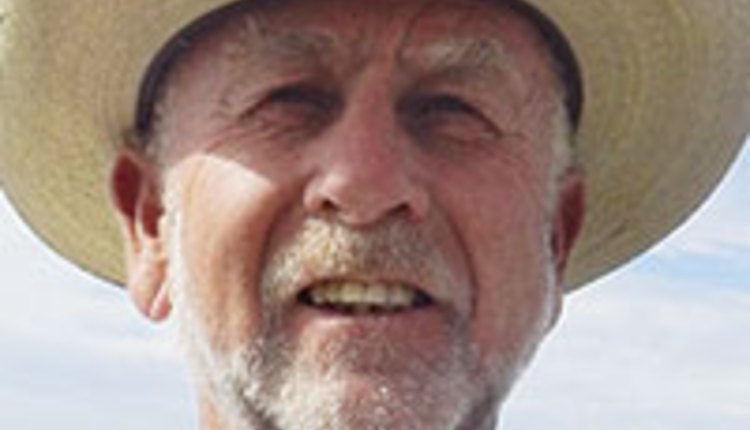Stop winter calving! |
| By Jim Gerrish |
|
|
|
The author is a rancher, author, speaker, and consultant with over 40 years of experience in grazing management research, outreach, and practice. He has lived and grazed livestock in hot, humid Missouri and cold, dry Idaho.  Jim Gerrish I recently had a conversation with Dallas Mount, the CEO of Ranch Management Consultants, which is the parent company of the Ranching for Profit educational program. We were discussing the critical things that unprofitable cow-calf operations need to change to become profitable. We each settled on our first thing to change, and I’d like to explore those two management options and why they are so important to profitability. Dallas’ top change was to be able to graze for at least 10 months in eight out of every 10 years. It is well documented that feed costs are the number one determinant of profitability in the cow-calf sector. Generally speaking, grazing is a lower cost per cow-day option than feeding stored forages. Grazing may include using perennial pasture or range, crop residues, cover crops, or some other annual forage. At the time of this writing, many of our clients are seeing anywhere from $1 to over $2 in cost savings per cow-day when they can graze forage rather than feed it. Dallas says he sees few profitable cow-calf operations that feed anything more than 60 days annually. Work with nature My top change is to stop calving during the winter months. This closely ties into Dallas’ recommendation of feeding no more than 60 days. Year-round grazing is much easier to accomplish if cows are calving on green grass, and you are carrying dry cows through the winter on dormant forage. Calving on green grass is often described as calving in sync with nature. All wild ruminants give birth when grass is actively growing or when there is an abundance of summer dormant forage. No wild animals give birth in the winter months because it is nutritionally challenging and the likelihood of newborn survival is much lower. Take that previous sentence and look at it in context of domestic beef cattle or ewes giving birth in the winter months. We have artificially made winter nutrition both challenging and expensive. That is what we call a lose-lose situation. Ranchers with cows calving in the winter greatly lower the probability of calf survival while significantly ratcheting up their workload. Another lose-lose situation. Compound these negative factors with cows that come from bulls with a low propensity for easy fattening and physical structure that favors showring fashion rather than female functionality, and we have dysfunctional mothers calving in the harshest of conditions. One more lose-lose situation. A hundred years ago, almost all beef cows in America and the rest of the world comfortably calved on green grass in spring and early summer. What happened to that very sensible operating model? Economics have changed Well-meaning university extension agents and other industry leaders started promoting graded feeder cattle sales held each fall. The idea was to get a better calf price for cow-calf producers by sorting each farmer’s calf crop by weight and class and then pooling those calves with similar ones from other producers. This gave the opportunity for all the smaller outfits to sell their calves in larger, uniform weight and class lots that would make them more attractive to cattle buyers. It was a good idea, and it worked well. So well, in fact, that almost the entire cow-calf industry started calving earlier and earlier so that they could take bigger calves to those graded sales during the fall. In a single generation, most farms and ranches shifted from calving on green grass in the spring to calving earlier and earlier in the winter. The problem that has been growing over the past 50 years from the inception of the fall feeder calf sale is that input costs have climbed at five to 10 times the rate that the value of beef cattle have risen over the same period. That is in inflation-adjusted dollars, not nominal dollars. A business model that worked in the 1970s when there was a reasonable balance between input costs and product value no longer works when the cost-to-value relationship has become so badly skewed against the cow-calf producer. In this day and age, with slim margins in the cow-calf sector, Dallas Mount is absolutely correct. It is very difficult to have a profitable operation if you have to feed any more than 60 days. If you find yourself in the situation of needing to feed more than 60 days, it is time to consider whether you should even be in the cow business. If you consistently have three to five months of serious winter, you should probably be in the yearling business or just turning around spring-purchased pairs. It’s probably time for a lot of farms and ranches around the country that are currently running a marginal cow-calf enterprise to really look long and hard at the economic viability of their operation and make some radical changes to the business model. This article appeared in the April-May 2023 issue of Hay & Forage Grower on page 8. Not a subscriber? Click to get the print magazine. |
